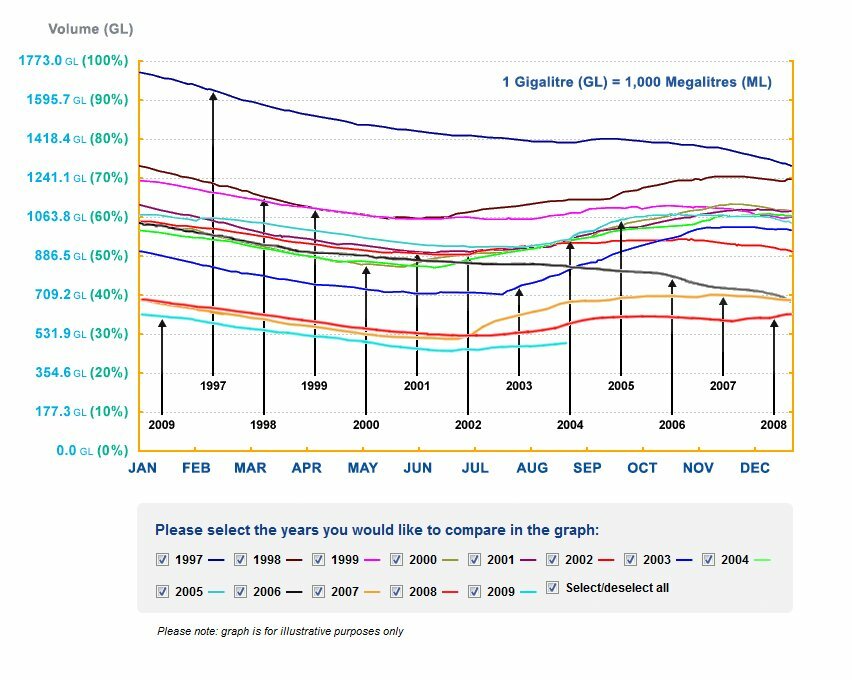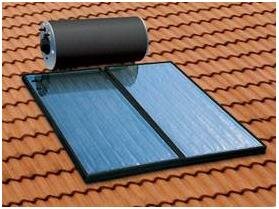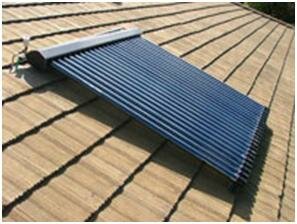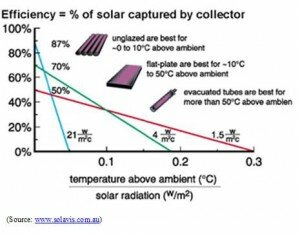A new report has identified that the USA could reduce its energy consumption by 23% by 2020 through energy efficiency.
The report has been prepared by McKinsey and Company, who are well known for their studies on the economics of cutting greenhouse gas emissions.
McKinsey however says that this sort of saving is not easily achieved. Three types of barriers to the uptake of energy efficiency are identified in their report – structural, behavioural and availability. They say that these barriers need to be overcome to realise the full potential of energy efficiency across the economy.
Structural barriers are those that prevent an end user of energy from saving energy. For example a tenant typically has no control over the type of heating and cooling system in the building.
Behavioural barriers are those where ignorance or unwillingness to act mean energy efficient solutions aren’t implemented. An example that we see quite often in commercial buildings is ignorance about the time the air conditioning starts in the morning. Often it will be starting two hours or more before the building is occupied in the morning – which is wasteful if it only takes half an hour to get the building to a comfortable temperature.
Availability barriers are those where the user wants to reduce energy, but can’t access the solution or technology, often for cash-flow or cost reasons. For example, a business with tight cash flow that knows its HVAC system is a clunker, but doesn’t have the cash for an upgrade.
The report proposes various solutions to these barriers, mostly showing what government could do. The prescriptions appear valid for any government, not just the US. If you are in government, or have some influence in government circles, this report is worthwhile looking at.
Click here for the report.
Whilst these sorts of reports can be useful, they come with the implicit message “Think climate change – think government.” Don’t fall into the trap of thinking that just because another report is recommending the government do more, that it’s the sole responsibility of government to cut greenhouse gas emissions. There is a lot you can do yourself, and with focus and creativity these barriers can be overcome. Your organisation could probably cost effectively achieve a 23% saving from energy efficiency within a couple of years if you make this a priority. And the greater the number of individuals and organisations who make this a priority, the greater the impact.
Go to the department of climate change’s website and you’ll see the slogan “think climate, think change”.
Here in Melbourne the department of climate change’s slogan could be rephrased as “Think climate - watch change”.
In the 1980s vehicle number plates here in Melbourne proudly bore the slogan “Victoria – the garden state”. Fast forward twenty years to 2009 and Melbourne is now the driest capital city in Australia. Six months ago we had our worst ever bush fires. The newspapers this week have been saying that fire danger is going to be even worse next summer.
This is precisely what most governments have been doing for a long time now – thinking climate – watching change - and not doing enough. The Australian Government ratified the United Nations Framework Convention on Climate Change, along with most of the rest of the world, back in 1992 (yes, SEVENTEEN years ago!). Back in 1992 this is what Australia and many other countries agreed to:
“Where there are threats of serious or irreversible damage,lack of full scientific certainty should not be used as a reason for postponing such measures [to anticipate, prevent or minimise the causes of climate change]”, UNFCCC, 1992
“Think climate, think change” is a start – yes we need to think about this issue – but we need to go beyond thinking to action – all of us, not just the government. I much prefer the message developed by Darebin City Council – “think climate, make change”. Now.
You can reduce your own carbon footprint significantly if you want to. You can encourage those you know to do the same. And if you are an entrepreneur – think up solutions that cut carbon emissions then make them a reality, like Shai Agassi at Better Place. “I’m an imagineer. I imagine the future and engineer towards it.”







